Manual Shakespeare Tidewater Fishing Reel
Need a manual for your Shakespeare Tidewater Fishing Reel? Below you can view and download the PDF manual for free in English. This product currently has 5 frequently asked questions, 3 comments and has 3 votes with an average product rating of 67/100. If this is not the manual you want, please contact us.
Is your product defective and the manual offers no solution? Go to a Repair Café for free repair services.
Manual
Loading…


Loading…
Rating
Let us know what you think about the Shakespeare Tidewater Fishing Reel by leaving a product rating. Want to share your experiences with this product or ask a question? Please leave a comment at the bottom of the page.More about this manual
We understand that it’s nice to have a paper manual for your Shakespeare Tidewater Fishing Reel. You can always download the manual from our website and print it yourself. If you would like to have an original manual, we recommend you contact Shakespeare. They might be able to provide an original manual. Are you looking for the manual of your Shakespeare Tidewater Fishing Reel in a different language? Choose your preferred language on our homepage and search for the model number to see if we have it available.
Specifications
| Brand | Shakespeare |
| Model | Tidewater |
| Category | Fishing Reels |
| File type | |
| File size | 0.11 MB |
All manuals for Shakespeare Fishing Reels
More manuals of Fishing Reels
Frequently Asked Questions about Shakespeare Tidewater Fishing Reel
Our support team searches for useful product information and answers to frequently asked questions. If you find an inaccuracy in our frequently asked questions, please let us know by using our contact form.
The drag of my fishing reel is not smooth, what can I do? Verified
This can be caused by a washer that is not greased properly or by the washer being soaked with oil. Grease the washer if this has not been done properly. In case the washer is soaked in oil it needs to be replaced.
This was helpful (255) Read moreHow do I properly clean and maintain my fishing reel? Verified
To properly clean and maintain your fishing reel, first make sure to remove the line and any debris from the spool. Use a soft brush and mild soap to clean the body and handle of the reel. For the interior, use a small brush and lubricant to clean and protect moving parts. Be sure to also check for any loose or worn parts that may need to be replaced.
This was helpful (36) Read moreHow do I properly spool my fishing reel? Verified
To properly spool your fishing reel, first make sure the spool is filled with the appropriate amount and type of line for the fishing you plan to do. Next, thread the line through the guides on your rod and tie it to the reel's spool. Hold the rod and reel at a slight angle and turn the handle to take up the slack line as you simultaneously feed the line onto the spool. Be sure to leave a small amount of line on the spool to prevent the line from tangling or snapping.
This was helpful (34) Read moreCan I use my spinning reel for saltwater fishing? Verified
Yes, spinning reels can be used for saltwater fishing but it is important to properly clean and maintain the reel after each use in saltwater to prevent corrosion. It is also important to use a saltwater-specific line, as it is more durable and resistant to damage from salt and other elements in the water.
This was helpful (28) Read moreWhat are the different types of fishing reels? Verified
There are several types of fishing reels, including spinning reels, baitcasting reels, spincast reels, and fly reels. Spinning reels are the most popular and versatile type of reel, suitable for most types of fishing. Baitcasting reels are designed for more experienced anglers and are typically used for freshwater fishing. Spincast reels are a hybrid of spinning and baitcasting reels and are easy to use for beginners. Fly reels are used for fly fishing and have a unique design that allows for a smooth and controlled release of line.
This was helpful (27) Read more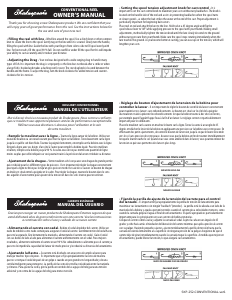

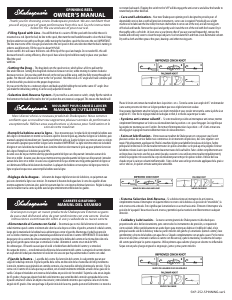

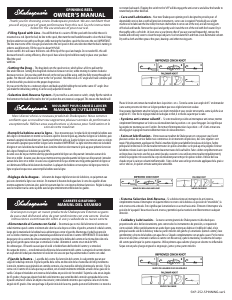
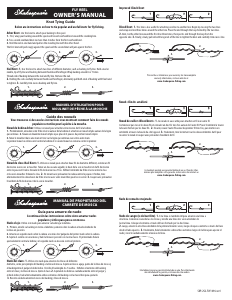
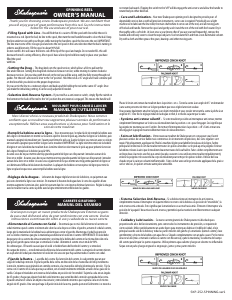
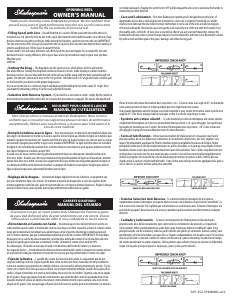
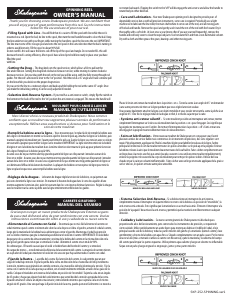
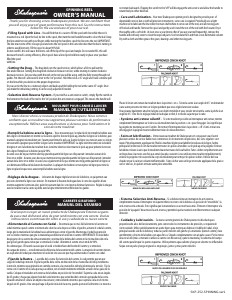
Join the conversation about this product
Here you can share what you think about the Shakespeare Tidewater Fishing Reel. If you have a question, first carefully read the manual. Requesting a manual can be done by using our contact form.
reply | This was helpful (0)
reply | This was helpful (0)
reply | This was helpful (0)